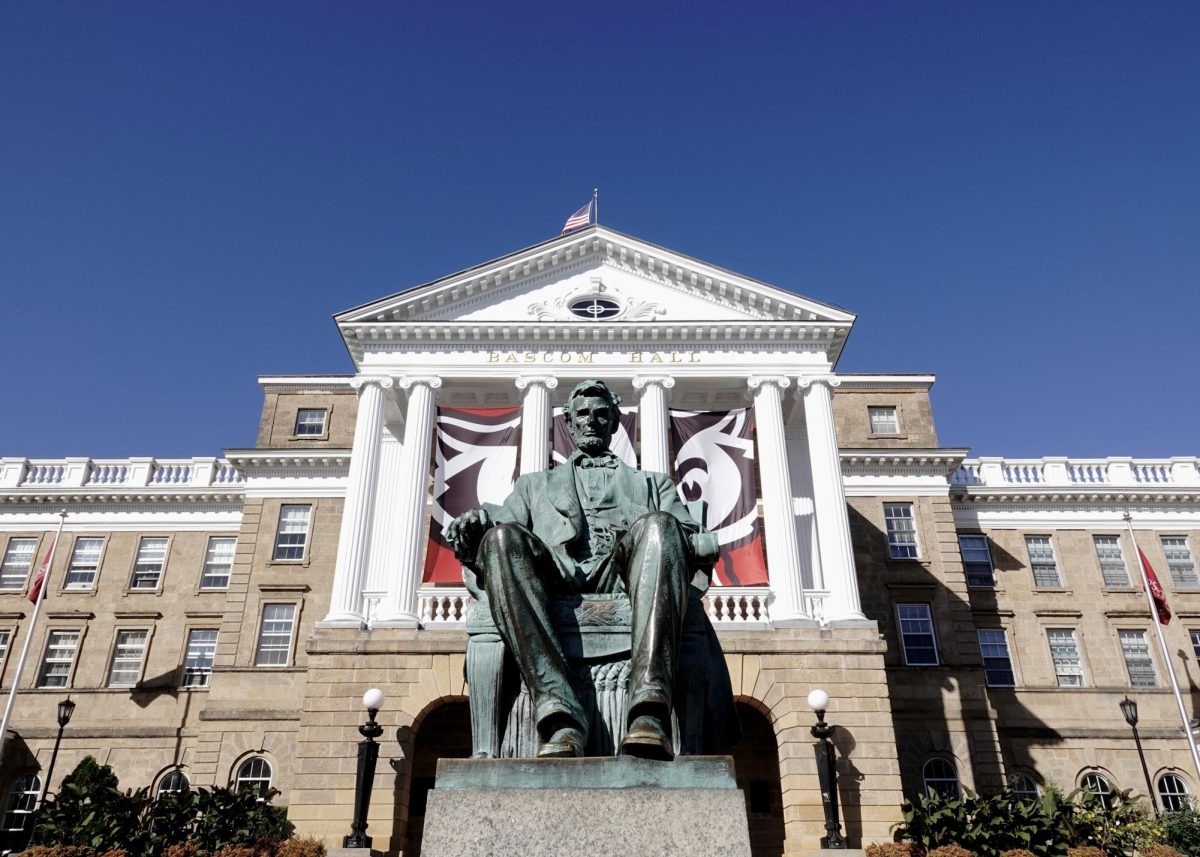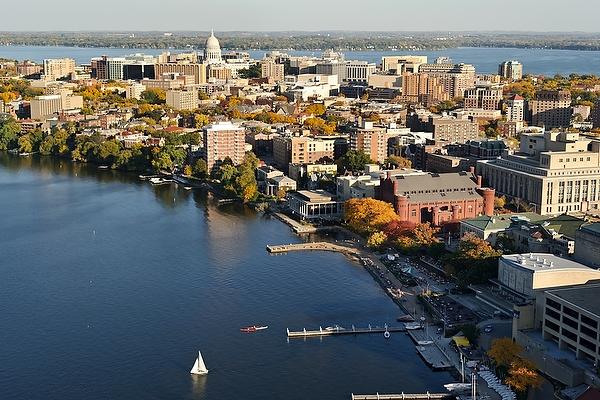With cranes and bulldozers a constant feature scattering Madison’s skyline, concerns have been raised that the city’s rapid development poses a threat to views of the iconic state Capitol.
Sen. Fred Risser, D-Madison, is circulating a bill among lawmakers that would extend a one-mile zone restricting the height of buildings around the Capitol to less than the height of its dome, which is 1,032.8 feet above sea level. The legislation would extend the buffer zone to two miles around the Capitol.
“We have an architecturally beautiful and important Capitol, one of the best structures in the state if not the country,” Risser said in an interview with The Badger Herald. “In my opinion, it would be tragic if we hid it with skyscrapers.”
Risser said Madison is one of the fastest growing cities in the country, and if this legislation is not passed, it faces the threat of being “marred” by towering residences and office buildings. Risser also said he feels certain the legislation will receive plenty of criticism from city planning officials, development promoters and other legislators.
The legislation has already received significant opposition from some Madison city officials. Carole Schaeffer, executive director of Smart Growth Madison, said in an article in the Wisconsin State Journal that the two-mile radius that spans from West High School to East High School and down to the Alliant Energy Center in south Madison is “overkill.”
“We would not be supportive of this particular initiative,” Schaeffer said. “I don’t see how a building two miles away is going to interfere with the view of the Capitol.”
Three University of Wisconsin buildings would also violate the proposed code but would be exempt: Van Hise Hall, the Engineering Research Building and the Atmospheric, Oceanic and Space Sciences Building.
The current one-mile buffer zone was established in 1989. Risser co-authored that legislation.
“Land is becoming more valuable, so promoters will be wanting to go higher and higher,” Risser said. “If we expand the buffer we will help protect the Capitol and the view there, and keep Madison’s isthmus a beautiful and attractive place to be.”
If enacted, the legislation would not affect any current development plans, as there are no contracts for buildings that would exceed the height limit, Risser said. The legislation would be a preventative measure, ensuring that no future buildings would interfere with views of the Capitol.
Ald. Scott Resnick, District 8, said he was opposed to the legislation, as Madison’s views are already sufficiently protected.
“This is a matter of local control and preservation of the Capitol view sheds are already highlighted within Madison’s zoning code,” Resnick said in a message to The Badger Herald.
The U.S. Capitol has similar height restrictions in Washington D.C., adhering to Congress’s enactment of the “Height of Buildings Act of 1910.” The act was “instrumental in shaping the skyline and appearance of the city,” according to the National Capitol Planning Committee.







